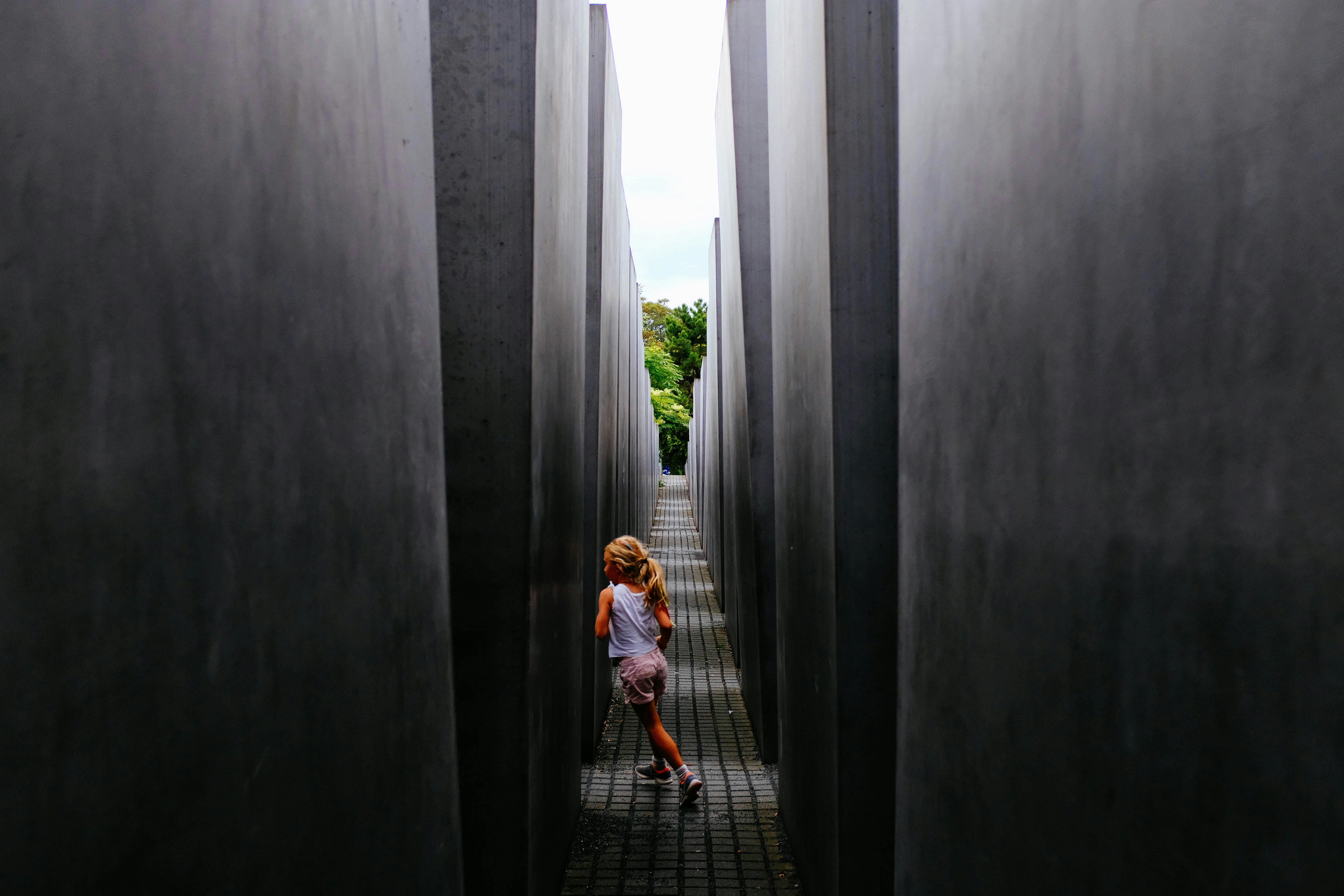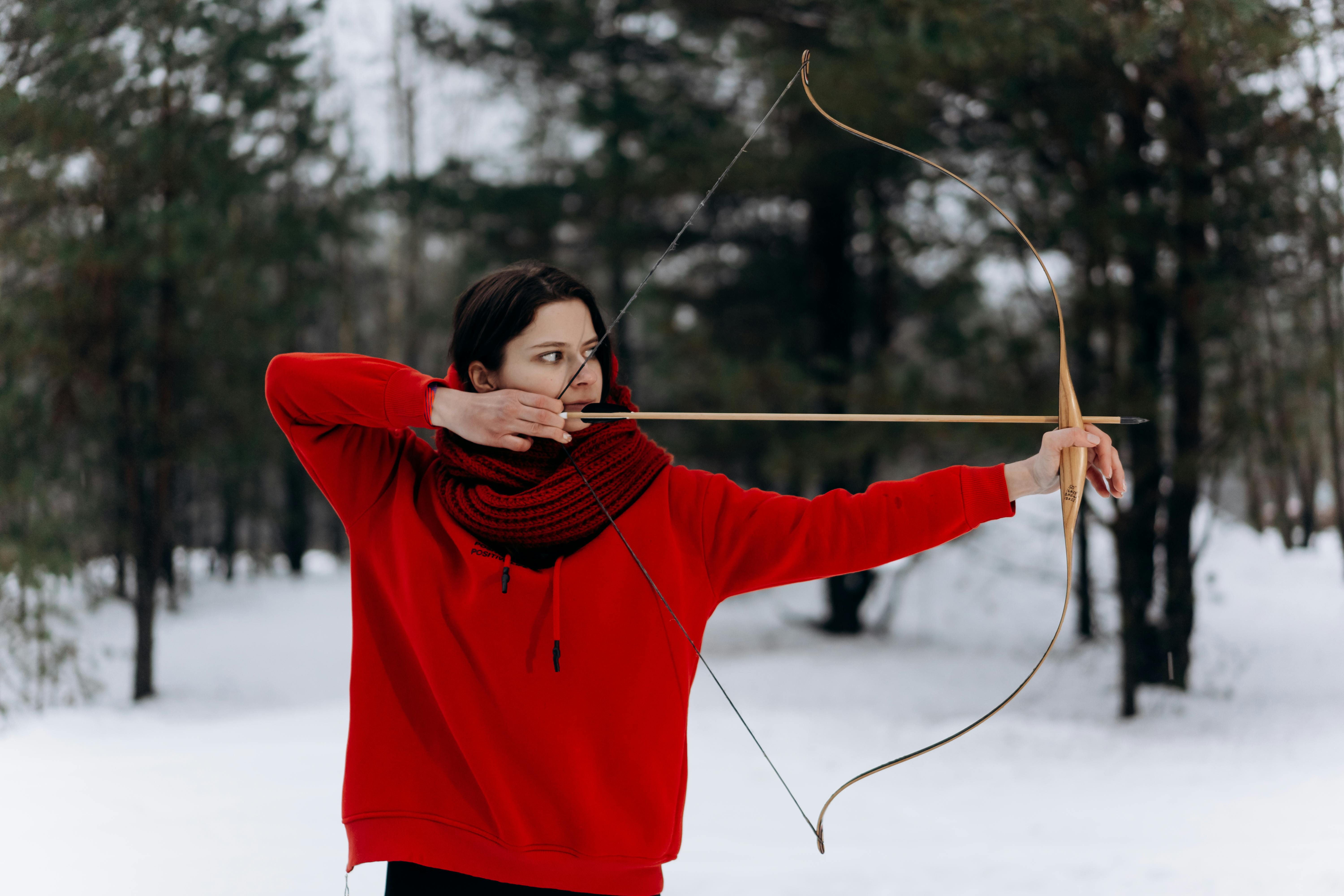History:
Shotokan is a young and old martial art. It is old because its roots are deeply rooted in the past, and young because, as expressed today, it is an art that is less than 100 years old. Shotokan is characterized by its long, low stances, powerful techniques, and dynamic forms.
Shotokan’s founder, Gichin Funakoshi, was from Okinawa. He trained in the oldest of the Okinawan te (hand) systems as a young man and, in the early 20th century, brought what he had learned on the island of Okinawa to mainland Japan, where he demonstrated his art before the emperor. He originally intended to return to Okinawa, but was convinced to stay and continue teaching in Japan. Funakoshi’s pseudonym was Shoto (Waving Pines) and Kan (Sala). Therefore, Shotokan can be translated as “the hall of Shoto’s empty hand path”.
Although Funakoshi was the creator of Shotokan, it was actually his son, Yoshitaka Funakoshi, who developed it into the form we know today. It quickly grew in popularity, supported, encouraged and regulated by the powerful Japan Karate Association. In a short time, he was all over the world.
Triads:
Shotokan is based on what are known as triads, which are both actual organizations and metaphors for something much deeper within the human psyche. There is the physical triad of kihon (basics), kumite (combat), and kata (forms), all of which require dedicated training and constant refinement of technique. It is followed by the moral triad of justice, mercy, and compassion, and finally the ethical triad of duty, honor, and loyalty.
If we put together the 9 principles of the triad (the 9 symbolizes perfection) we achieve the complete and rounded person. When these principles are practiced in a martial art, they illustrate one of the fundamental concepts of Shotokan, as espoused by the founder, Gichin Funakoshi. His goal was to focus on the development of human character as a whole being, rather than winning and losing.
Meaning:
While Shotokan is a wonderful form of relaxation or sport for many people, for those who take it seriously it has a much deeper and broader meaning. This deeper realization, however, can only come after years of dedicated practice. While this is a rather slow emerging dimension of the art, Shotokan is still enjoyed at all levels by hundreds of thousands of people around the world.



